Cleaning the air-conditioner is important for maintaining good air quality in the office or home. Filters inside air-conditioners are designed to catch dust and sometimes other pollutants such as pollen and bacteria. If not cleaned regularly, they can clog up and collect moisture and even mould. This can be detrimental to both the occupants of the office or household and the efficiency of the unit. Generally, a professional service involves the removal and cleaning of the filters and a maintenance check or repair on the internal systems. All units are different and require a different method of cleaning, which is why it is important to book in a professional.
As some workplaces across Australia are preparing for a return to work and workplace health is our top priority, there is no better time to check up on the air-conditioner. If you notice any of the following 5 signs, then your unit is most likely due for a professional clean.
1. It’s been a long time coming
Rule-of-thumb is that every 12 months the unit should have a professional clean. This generally occurs after the warmer months when the unit has been frequently used. If it has been longer than the recommended time there is a possibility the unit has clogged filters. This doesn’t only impact the air quality, it also puts more strain on the air-conditioner. If this is the case for your workplace or home and to prevent this from happening in the future, it’s time to organise a routine cleaning schedule.
2. Dust, dust & more dust
Dust develops as a build-up of things like dust mites, pollen and bacteria. If dust is left within the filters of the air-conditioner, it may be more hazardous for your health than you might expect. As there is commonly a lot of moisture around a unit, this can become a breeding ground for harmful bacteria or potentially mould. If these particles are circulating around the office it may lead to minor health issues, especially for those with allergies. Be sure to check the Queensland Government’s factsheet on any potential health risks related to dust. A visual check for dust levels around the unit will help decide if you need to book in a clean sooner than the 12-month routine-check.
3. Health concerns
If staff or household members have had the following complaints associated with poor air quality from circulating contaminated air, then it is time for a thorough clean. Below is a list of common symptoms according to the Queensland Government.
Asthma attacks and allergies such as hayfever
Sore, dry eyes
Flu-like symptoms or frequent colds
Respiratory problems
Headaches
4. Efficiency is at an all-time low
A build-up of dust can lead to bad airflow, poor performance and reduced efficiency. You can monitor this if you notice a higher energy bill in comparison to previous quarters with similar system use or if you notice a performance decrease. When the filters inside your air-conditioner are due for a clean, the system has to work harder and it draws more power to push the air through the filters. A professional deep clean will make sure that there are no nasty particles or mould in your air-conditioning unit and also improve the energy efficiency of your system!
For further assistance with all of your commercial electrical needs, get in touch with the Ehlerth Electrical team via 1800 940 413 or make an enquiry here. We service clients from Brisbane to the Gold Coast.



